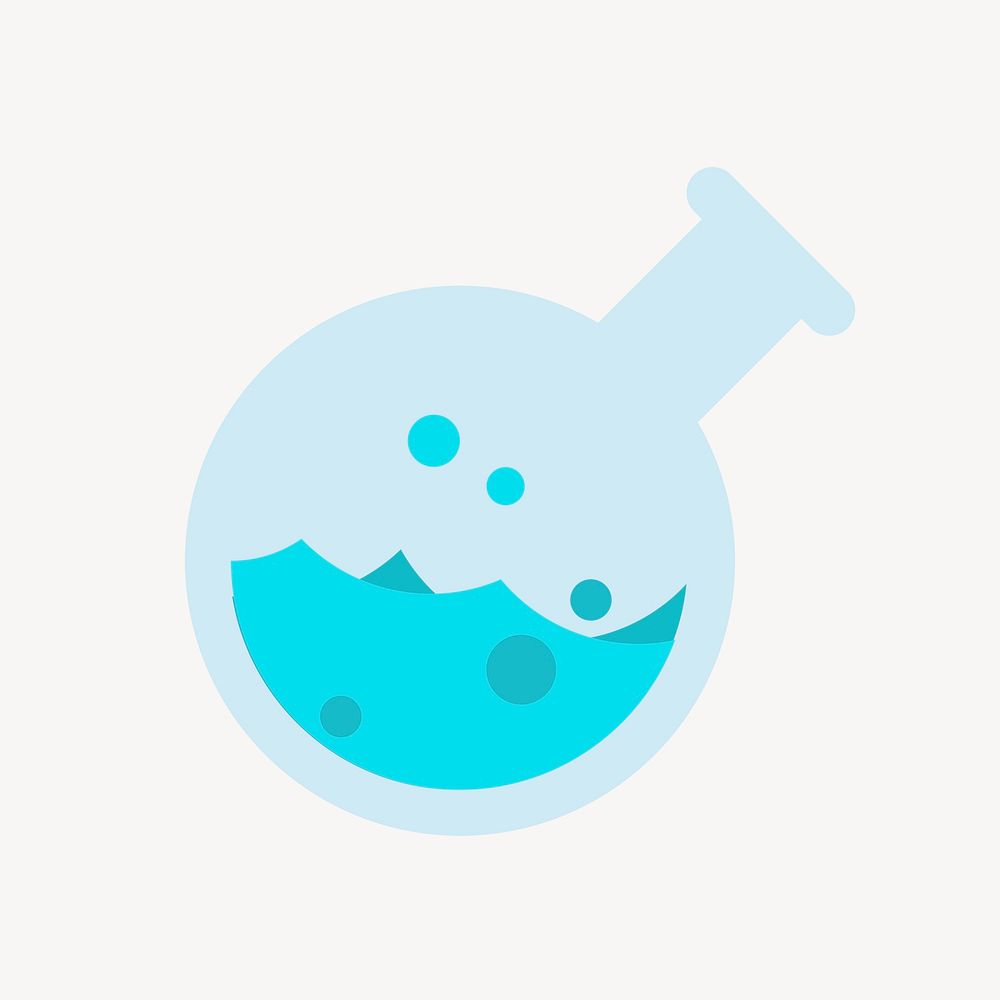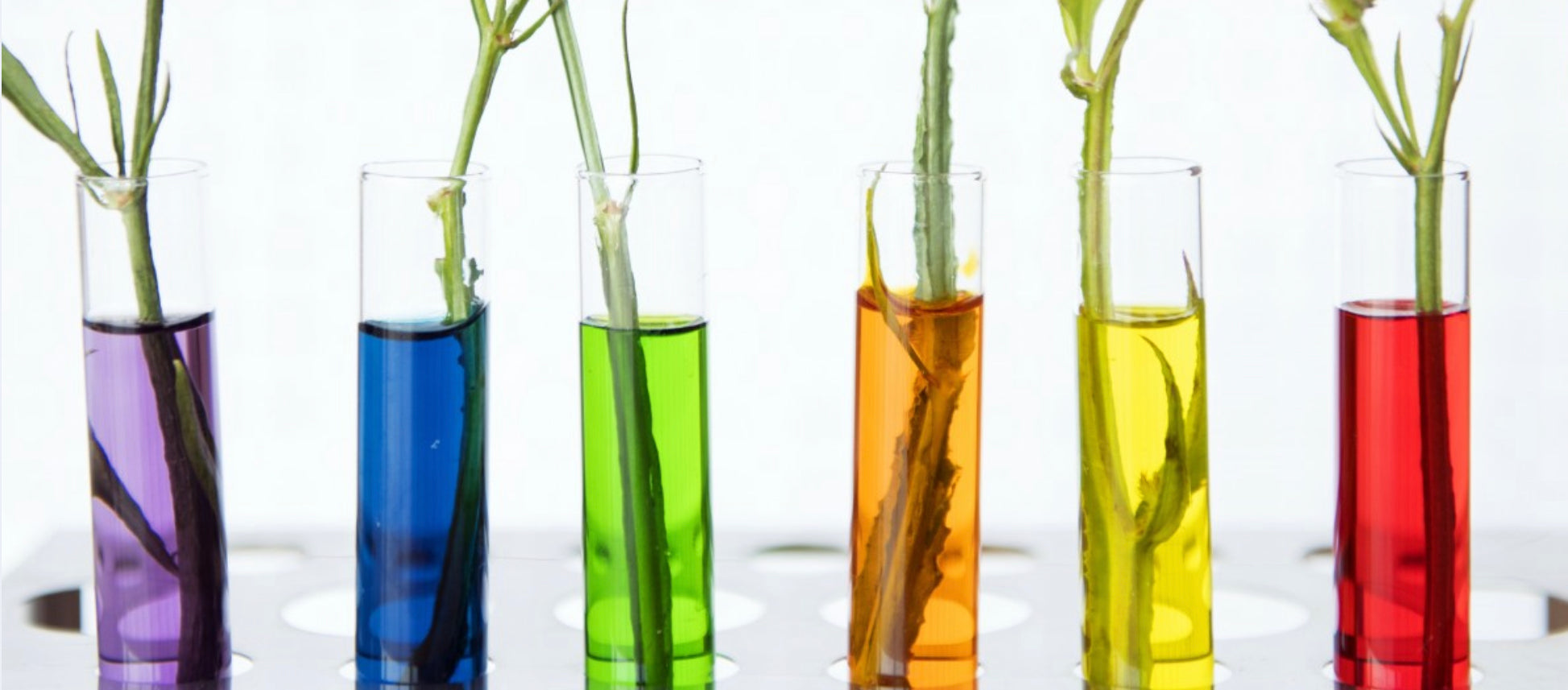Hydroponic Onions - A Grower’s Guide
How to Grow Hydroponic Onions
Even though root crops can be a bit tricky to grow hydroponically, onions are perhaps one of the easiest vegetables you can grow hydroponically. If you want to find out how you can grow hydroponic onions, you’ve come to the right place! In this article, we’ll cover everything you need to know to grow your own hydroponic onions from seed (or sets) to harvest. So, without further ado, let’s take a look at how you can grow your own hydroponic onions at home.
Growing Hydroponic Onions
Onions aren’t really fussy and do great in a simple DWC (deep water culture) system. Like many root crops, they also do great in ebb and flow systems, but these systems are much more complicated than DWC. They also do well in NFT (nutrient film technique) systems, especially if you’re more interested in bulbs rather than green sprouts. I would personally recommend growing onions in a DWC system. You can find out how to build a DWC system for yourself here.
There are a lot of different varieties of onions, such as green onions, white onions, red onions, and sweet onions, and all of them do well in hydroponics. You can grow onions from seed or sets. Growing onions from seed is not difficult. You would simply start them as any other seeds and then transplant the seedlings into your hydroponic system. You can find the best method for starting plants for hydroponics here.
You can also grow onions from sets, which are essentially immature onion bulbs. You can buy them from most garden centers or nurseries. You simply need to clean them and make sure there isn’t any dirt or soil left on them, then you can place them into your hydroponic system, and that’s it. When you add your onions to your hydroponic system, try to plant them at roughly the same height. This will help prevent root rot, as their roots will be roughly at the same height and will be able to take in oxygen.

Regarding the growing medium, onions do best in perlite, rockwool, or composite plugs. They are light feeders and don’t need a lot of fertilizer. Your choice of nutrient solution will depend on what you want from your onions. If you want bulbs, you should choose a formula that is lower inside nitrogen. If you want to harvest green tops you should choose a high-nitrogen formula. You will get great foliage growth in this case but flavourless bulbs. Onions prefer pH levels between 6.0 and 6.8, and your EC level should be around 2.0 during the establishment period, and you can raise it to 2.6 once the roots are established. Onions prefer the nutrient solution to be cool—around 18–20ºC (64–68ºF). If you want to learn more about hydroponic water management you can find out about it here. And you can also learn more about maintaining hydroponic water temperature here.
The lighting requirements will depend on what type of onions you got. There are 3 types of onions—short day, day neutral, and long day. Onions begin to form bulbs when they get a certain amount of light hours. Short-day onion varieties begin to form bulbs when they receive 11 or 12 hours of light, day-neutral onions need 12 to 14 hours of light, and long-day varieties require 14 or more hours of light. If you want to learn more about hydroponic lighting click here.
Green onion tops can be harvested after 3 weeks from starting sets, but if you want to harvest bulbs, you’ll have to wait for 80–90 days. If the foliage has turned yellow and started tipping over or if there are flower stalks emerging from your onions, this means your onions have matured and are ready to be harvested. To harvest green onion tops, simply cut the largest outer ones, leaving at least a few centimeters above the growing medium. Harvest about a third of the stalks each time. To harvest bulbs, you can simply pull the onions out.
For more great content check out the Proponics YouTube channel below!

By Max Barnes
Max Barnes is a long-time homesteader and author. Max grows the majority of his own food year-round using a variety of different methods, including hydroponics. Hydroponic gardening plays a huge part in his homestead and self-sufficiency goals.




